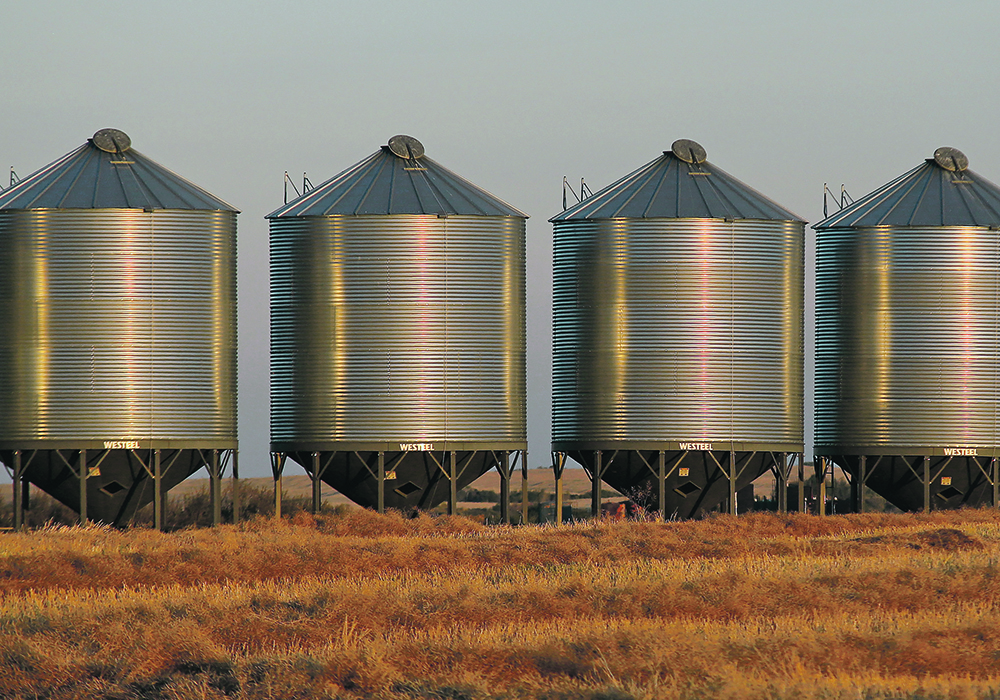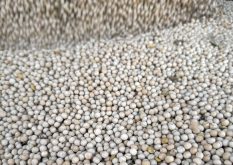China isn’t subtle with its threats to invade Taiwan.
“China Sends Dozens of Warplanes and Ships Near Taiwan to Show its Anger Over Island’s New Leaders,” is how the Associated Press headlined a story last week.
You’d think Taiwan, facing regular threats from China and clear signs that the communist giant intends to take it over one way or the other, would be gearing up for an onslaught from China’s vast military. You’d assume it would assess the situation and prepare for an asymmetric defence, in which its small size and weakness can be compensated for with counterbalancing measures that might level the battlefield.
Read Also

Canola or cars? Canada can’t save both
Canola is a winning industry. It feeds the economy, supports thousands of families and helps keep our rural communities alive.
It has, in fact, been doing this for a few years now, but only after enormous pressure from allies such as the United States, which has long argued against the “conventional” military tactics Taiwan has traditionally favoured. Now, instead of concentrating on piling up easy-to-kill fighter planes and guided missile cruisers, the island is bristling with mobile anti-ship missiles and other small, cheap and effective weapons that would make any Chinese invasion bloody, costly and probably disastrous.
Why did it take so long for Taiwan to shift to the “hedgehog” defence?
The most obvious answer is that almost all militaries, including Taiwan’s, are most comfortable preparing for what we call conventional warfare, even though “irregular” warfare is just as common. This is the central thesis of Max Boot’s 2013 book, Invisible Armies – An Epic History of Guerilla Warfare From Ancient Times to the Present.
For both cultural and technical reasons, militaries like preparing for wars that involve large units, sophisticated equipment and big battles. Recognizing this, raiders, rebels, terrorists and others have often chosen to employ different tactics, which has not only frustrated numerous militaries but also led to collapse of numerous nations and empires.
Are farmers guilty of this? Do farmers prepare for the most likely growing season, financial conditions and market prices, or do they set themselves up to operate within the most comfortable situations with the tools they’re best at using?
It’s tempting to assume that today’s farmers, who have survived multiple waves of farm failures in the last century, should be free from this particular form of risk. Anyone who just set themselves up for the kind of farming conditions they’re most comfortable with would have been pushed out of the industry long ago. Right?
That’s probably not a safe assumption. What Boot’s book shows us is that across the world, through centuries and millennia, human societies don’t seem to learn this lesson. Time and again, nations are caught unprepared for what is, after all, really quite likely. From the fall of Akkad in 2154 BC to today’s Russian failures in Ukraine, humanity’s societies and militaries have a blind spot for risks that they’re not comfortable preparing against.
Big tank battles? Great. Fighting guerillas in jungles and terrorists in neighbourhoods? Not so fun. It’s more comfortable to avoid dealing with that.
Why wouldn’t that sort of thinking apply to farmers?
Perhaps this explains why most farmers are generally great at agronomy, operating machinery and keeping creditors at bay, and poor at marketing. The real job seems to be all about growing crops and running machinery, and the other stuff is secondary.
But what if it isn’t secondary, and the marketing/financial risks are an equally likely danger to a farm?
Farmers might be well equipped to fight the weather, batter the bugs and wrestle with giant machinery because that’s comfortable, but that doesn’t mean much when the bankers, elevator agents and taxmen rise up and storm the castle.
















